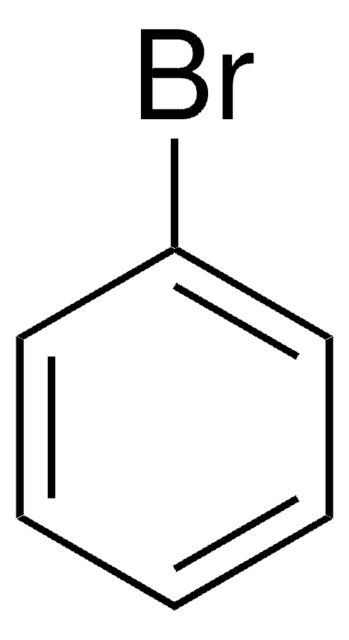254118
Magnesium
chips, 6-35 mesh, 99.98% trace metals basis
Synonym(e):
Magnesium element
About This Item
Empfohlene Produkte
Dampfdruck
1 mmHg ( 621 °C)
Assay
99.98% trace metals basis
Form
chips
Selbstzündungstemp.
950 °F
Eignung der Reaktion
reagent type: reductant
Widerstandsfähigkeit
4.46 μΩ-cm, 20°C
Partikelgröße
6-35 mesh
bp
1090 °C (lit.)
mp (Schmelzpunkt)
648 °C (lit.)
Dichte
1.74 g/mL at 25 °C (lit.)
SMILES String
[Mg]
InChI
1S/Mg
InChIKey
FYYHWMGAXLPEAU-UHFFFAOYSA-N
Suchen Sie nach ähnlichen Produkten? Aufrufen Leitfaden zum Produktvergleich
Allgemeine Beschreibung
Anwendung
- Overview of advancement and development trend on magnesium alloy: This review presents global research advancements on magnesium alloys from 2013 to 2018, highlighting significant trends and developments in the field (Xu et al., 2019).
- Research advances of magnesium and magnesium alloys worldwide in 2021: The article reviews the latest research advancements in magnesium and its alloys, focusing on their applications and technological developments (Song et al., 2022).
- The role and significance of Magnesium in modern day research-A review: This comprehensive review covers the various applications and properties of magnesium, highlighting its significance in modern research and technology (Prasad et al., 2022).
Signalwort
Danger
H-Sätze
Gefahreneinstufungen
Flam. Sol. 1 - Self-heat. 1 - Water-react 2
Lagerklassenschlüssel
4.2 - Pyrophoric and self-heating hazardous materials
WGK
nwg
Flammpunkt (°F)
Not applicable
Flammpunkt (°C)
Not applicable
Persönliche Schutzausrüstung
Eyeshields, Faceshields, Gloves, type P3 (EN 143) respirator cartridges
Hier finden Sie alle aktuellen Versionen:
Besitzen Sie dieses Produkt bereits?
In der Dokumentenbibliothek finden Sie die Dokumentation zu den Produkten, die Sie kürzlich erworben haben.
Kunden haben sich ebenfalls angesehen
Artikel
Mechanochemical Effect of Severe Plastic Deformations: Metal Alloys, Hydrides and Molecular Solids
In recent years, the price of tellurium, a key component in the bestperforming thermoelectric materials, has increased significantly, leading to the question, “Is it economically viable to produce thermoelectric generators on an industrial scale?
The price of tellurium, a key component in many thermoelectric materials, has risen in recent years, leading to the search for more cost-effective substitutes. This article presents silicide materials as a cheaper potential alternative.
Unser Team von Wissenschaftlern verfügt über Erfahrung in allen Forschungsbereichen einschließlich Life Science, Materialwissenschaften, chemischer Synthese, Chromatographie, Analytik und vielen mehr..
Setzen Sie sich mit dem technischen Dienst in Verbindung.





